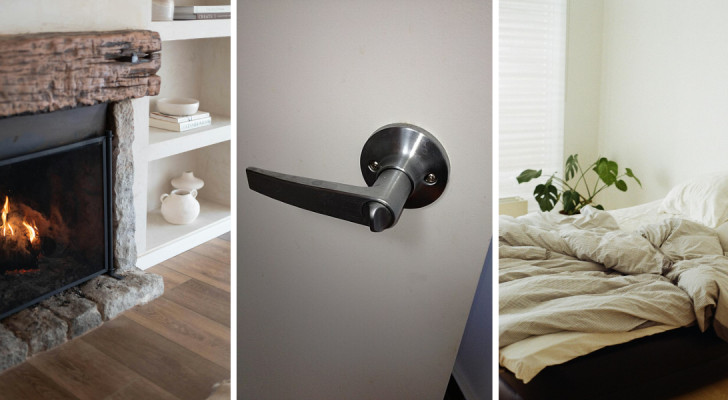Perfume your home with orchids: cultivation and care of Brassavola, aka, the Lady of the Night

Known as the Lady of the Night for the citrus fragrance which is given off by its heart-shaped flowers at night, Brassavola nodosa is a species of orchid that can easily be grown in homes and apartments.
These plants are characterized by very rapid growth and lots of long-lasting flowers, especially in autumn and winter, as well as being relatively to cultivate.
Cultivating a Brassavola orchid

A tropical plant that cannot tolerate the cold, the Brassavola orchid is typically grown in temperatures of between 18 and 30 degrees C, and needs to be protected from direct sunlight during hot summers. Brassavola love well-lit environments, preferably with diffused sunlight. This plant needs humidity, which must be kept between 50% and 70%. In lower humidity levels, its leaves must be misted regularly. The tubular structure of its leaves makes Brassavola drought-resitant, and it is important to use demineralised water to water it, as this plant is particularly sensitive to chlorine and chemical compounds found in tap water.
Watering must be carried out using the immersion method at a frequency determined by the ambient humidity levels.
How to encourage a Brassavola orchid to bloom

Perfuming your home with the intoxicating aroma of a Brassavola orchid should be quite simple to do, as this species produces a lot of flowers all year round. However, if your orchid does not flower, you can encourage it to do so by following these steps:
- make sure you provide your plant with the right amount of light and heat;
- during the winter months, Brassavola enters a rest period. During this period, stop watering the plant for 2 weeks, which will induce the plant to flower;
- avoid excessive use of fertilizers, which will encourage the leaves to grow, rather than the flowers;
- when the flowers wilt and fall off, stimulate the growth of new ones by cutting of the tips with sharp, sterilized scissors.
Caring for a Brassavola orchid

The Brassavola orchid is not particularly demanding, but could still need attention if any of the following issues arise:
- detacting or wrinkled leaves: this problem is due to a lack of hydration and you need to water your orchid as soon as possible;
- yellowing leaves: this problem is usually caused by excessive exposure to light and you can solve this problem by moving the plant to a more shaded place;
- leaves turn red: again, the cause here is excessive exposure to light, which burns the leaves. Move your plant to a sheltered spot;
- intensely green leaves: if the leaves are very green (ie. greener than normal), it could be an indication of the plant not getting enough light;
- brown spots: these spots can be caused by a fungal disease and, where this is the case, it will be necessary to promptly remove the affected leaves with sterilized scissors. Another possible cause, if the spots are dry and crusty, could be burning caused by exposure to strong, direct sunlight;
- finally, if the leaves fall off prematurely, the cause is undoubtedly a change in the environment which has "shocked" the plant. Try moving your orchid to another room (and do the same when turning on your heating system or air conditioning).
Following these tips, your Brassavola orchid will perfume your home throughout the year!





